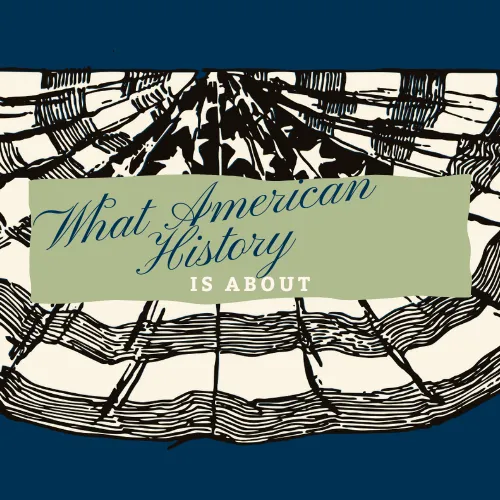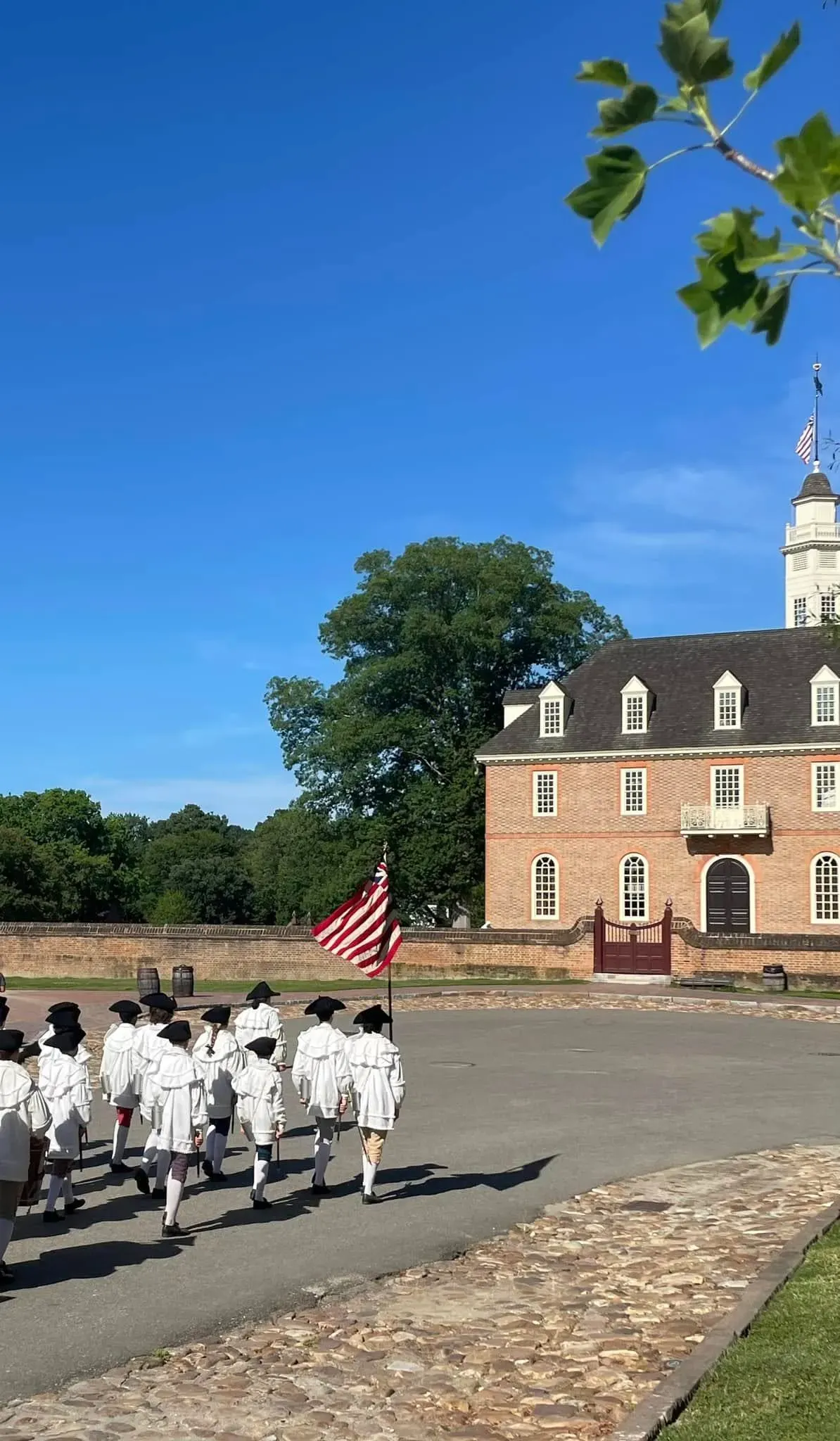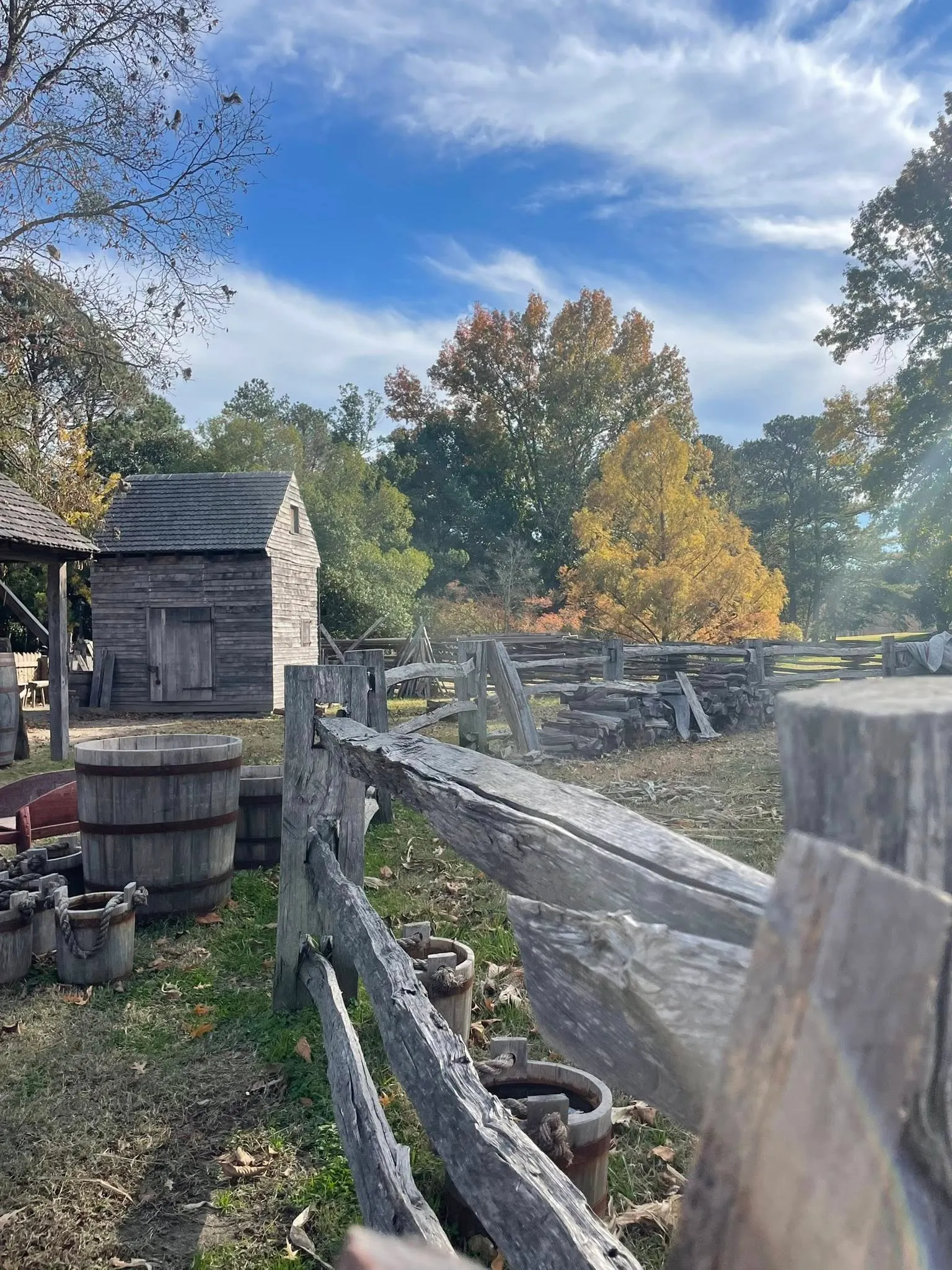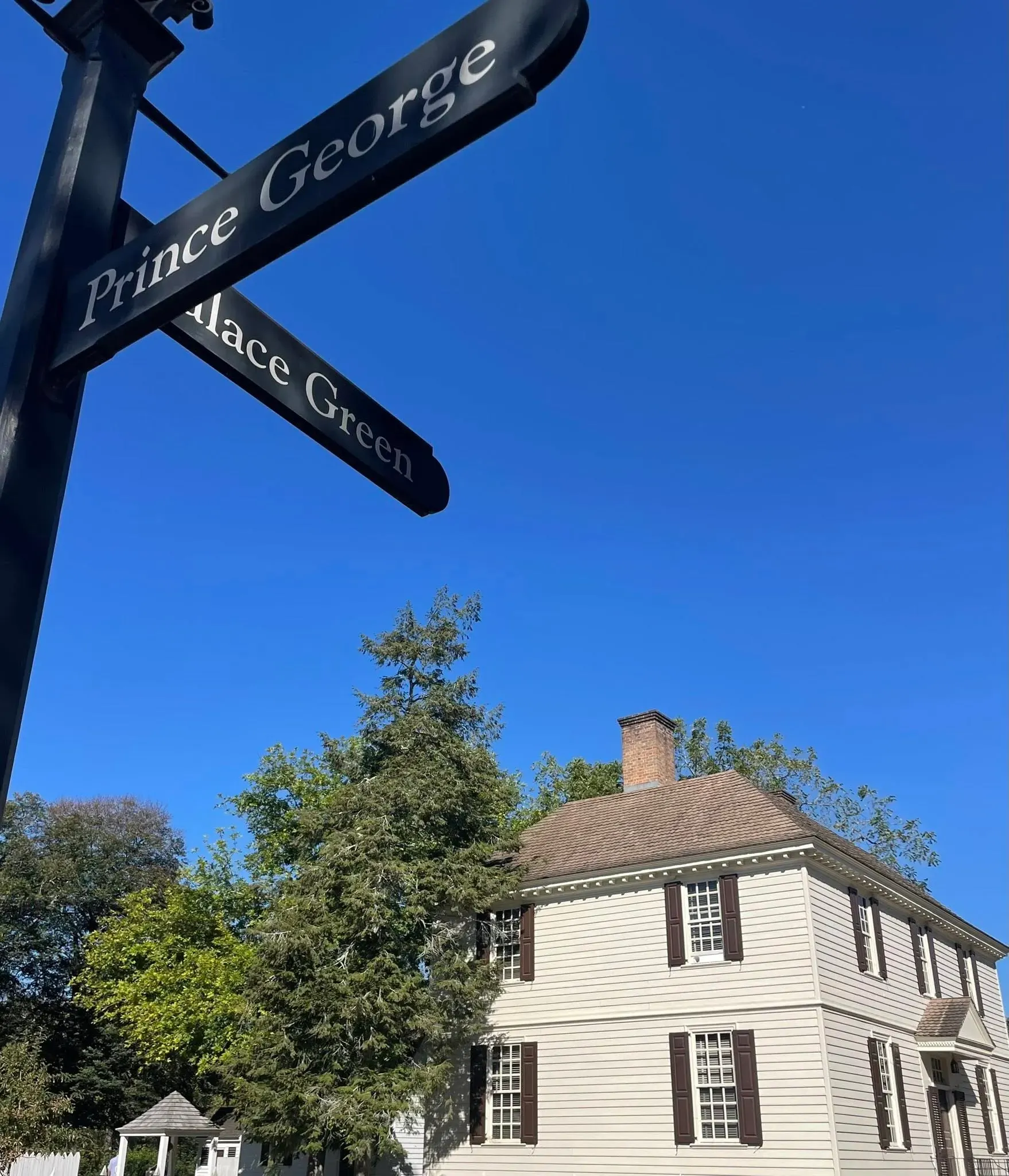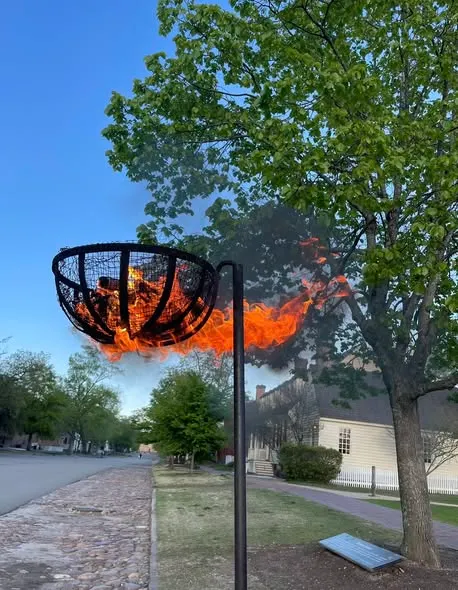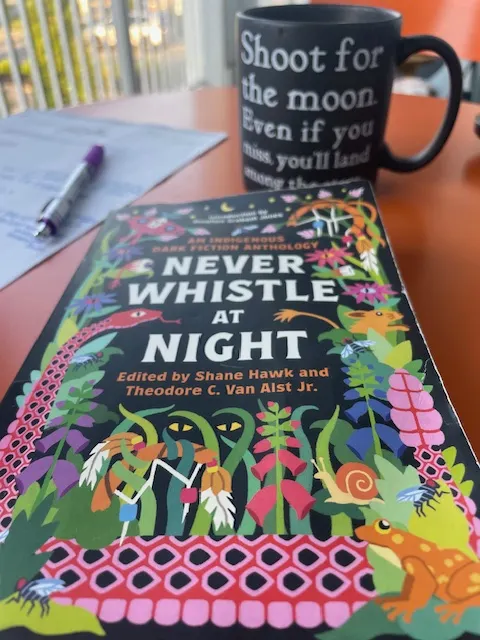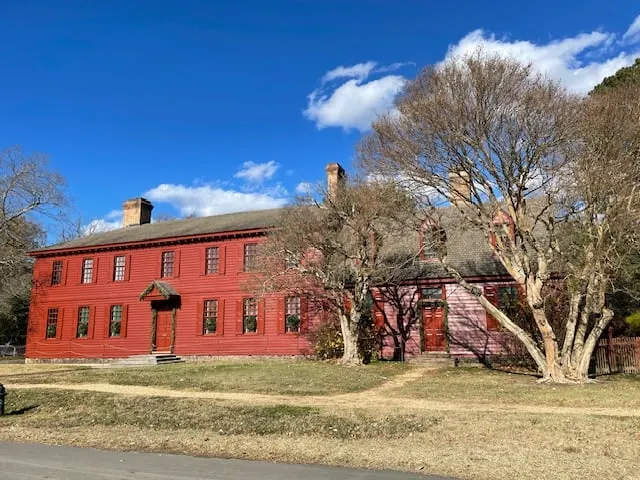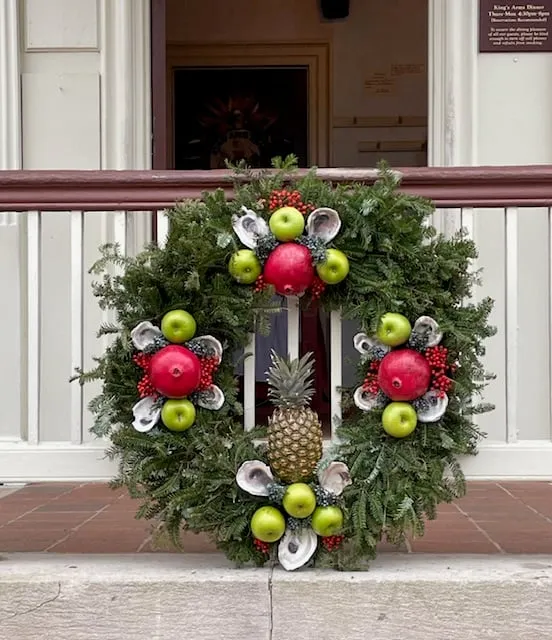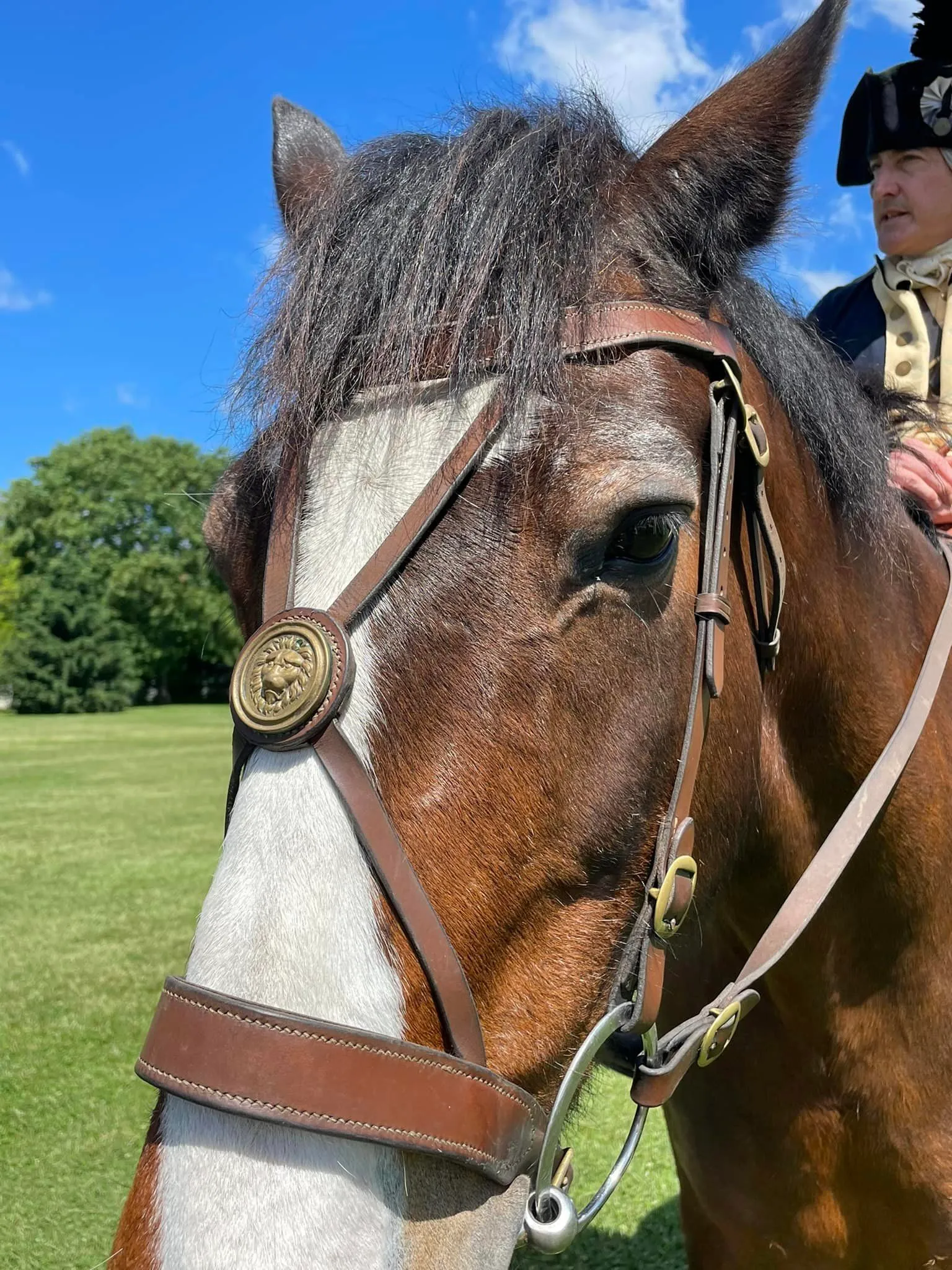Discover the Sweet Secret of 18th Century Baking: One Pound Cake, Endless Delights!
I admit it... food is almost as much of a passion of mine as early American history- so I visit the Palace Kitchen here in Colonial Williamsburg (CW)... a LOT.
Necessary disclaimer: As a blogger, I use affiliate links sometimes! I may receive commission from purchases I share; it does not change your price but sometimes you might get a discount.
Yes, I really visit it a lot---most days of the week we wander in and ask what they're working on, and ask about a dish on the table. This time I asked about the Nun's Cake.
What I found out:
Most cakes of that time, and here in Virginia, were a basic pound cake recipe and were defined into a specific type of cake by some "add-ons" (my word). For example, the Nun's Cake has orange-flower water.
So I dug deeper and sure enough, found several cake recipes that actually started with the same base: flour, sugar, and butter.
To be clear, this is the PALACE kitchen I was visiting; the home of the Royal Governor, not the home of a typical Virginian. The ingredients were hardly inexpensive so to have cakes like this, and on a regular basis, meant you could afford them.
RELATED: Click here to open a new tab and link into CW's Historic Foodways Program and see why I'm addicted to visiting the kitchen so often! You can get the recipes they create onsite!

Ask questions, learn about every aspect of food.
Also admitting this- I visit our Colonial Garden and Ewing Field (aka Farmer's Ed's lab) a lot as well! Because as you know, it's all tied together.
The other day Farmer Ed was discussing (and sharing!) his products with several chefs from CW restaurants.
While the Colonial Garden is meant to be ornamental and show you what the wealthy would've had in their gardens, I've been told the bay bush is picked from by the Williamsburg Inn kitchen staff- I've yet to visit and order something with bay but surely will.
There are gardens behind the taverns and around CW that actively grow food from the period and maybe possibly I take too many photos (but is that a thing- too many?).
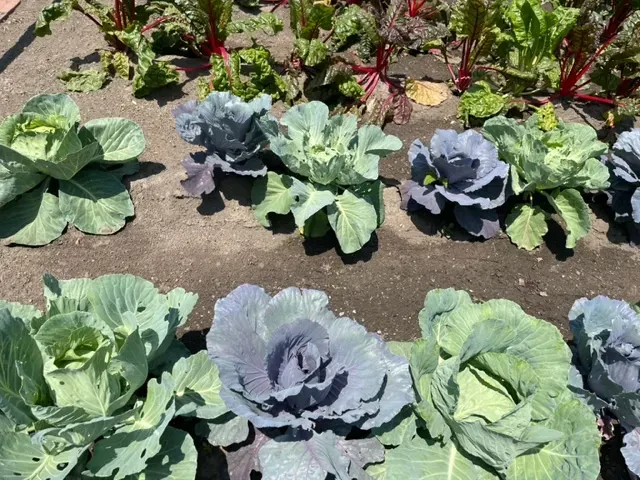
Cabbages in a CW garden.
Food and ties to food are all over CW - it is a living history museum after all!
Around here, everything truly is tied together and the trades support each other.
What other places around here can I ask questions about food? And food "things?"
Tinsmith.
Most recently, they've been working on some items requested by Mt. Vernon, including a spice box. The tinsmith that was actually housed on that site during the Revolutionary era in Williamsburg was contracted to support the military. You'll see reproductions in there from officers' coffee pots to the tin cups soldiers would keep with them at camp.
Blacksmith.
Forging tools for both kitchen and farming, the blacksmiths play an integral role in supporting the other trades here in CW. I love popping in and seeing their skills in action. Update on September 16th, yesterday they were working on creating a tool for the tinsmith to make plate covers for the Mt. Vernon project.
Silversmith.
They hammer silver into fantastic creations used for food! Examples: creating Revere bowl replicas (which you are popular, even on Amazon) or silver spoons used for creams, which in the 18th century were part of the "final" course where you "desert" the table.
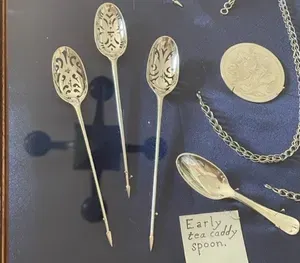
Silver spoons made by the CW silversmiths.
Apothecary.
Sometimes you find ingredients we'd use for cooking used medicinally right? No different in early American history. One of my favorites I've learned about: cream of tartar was not only used to clean teeth, but as a laxative.
Foundry.
Pouring metals into molds to create cutlery! What's the difference between a founder and a smith? Founders pour and smiths hammer, but both trades work with metals.
Museum programs.
Attending a program on forensic analysis of museum artifacts at CW's Hennage Auditorium, the analyst shared her research into a "cream pot." Made of silver but also containing traces of lead, gold, and copper, helped her authenticate it to the era.
In another example, she analyzed the paint pigment on a coffeepot. Knowing when this yellow pigment was used in history, she was able to date the piece.
On the Palace Green and other times I see the Nation Builders.
When we were at Ewing Field recently, we had a discussion with Col. Washington about something our first President ate daily: hoe-cakes. These little tidbits are priceless to me!
And I found mention of this fave of Washington's on one of my favorite sources! Winthrop Sargent and Richard Platt arrived at Mount Vernon on 12 Oct. and departed on 14 Oct.; Sargent recorded impressions of the visit in his diary [read the section below the letter to President Madison here.]
I can ask (and find!) anything I want related to food by wandering this fantastic museum.
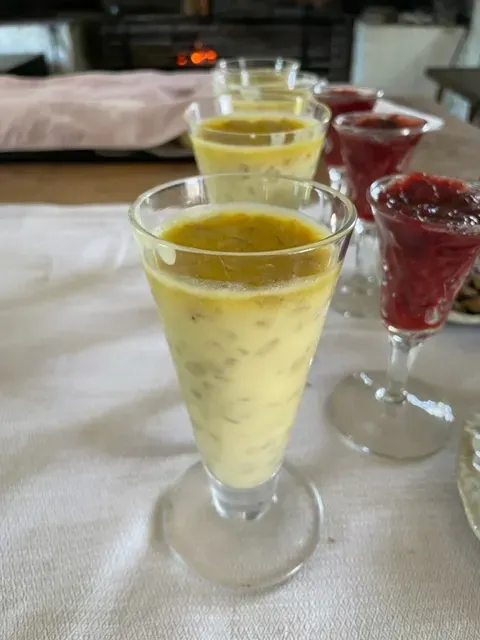
A cream made with barley, similar to what we would view as a rice pudding.
Where can you find some food history near you and "on the road?"
Do you have any food museums?
Historic buildings?
Restaurants that have been around awhile?
Whether it's a family tradition like the stollen we make here at Christmas (a tradition grabbed from my significant other's mom) or a restaurant you've visited since childhood, or even a style of food specific to where you hail from, food is something we can all connect over.
Share them... you can start with adding them into the comments section.
And I found this as part of my new partnership with History Unboxed: an "Ancient Eats" cookbook! Yes, y'all recipes.
On my very first call with Stephanie- who is a history nerd and an expert helping guide the curriculum at this amazing company, we shared our mutual love for food. I was standing in the Palace Kitchen gardens and soaking in the vibe and the conversation. Click here and get the cookbook.
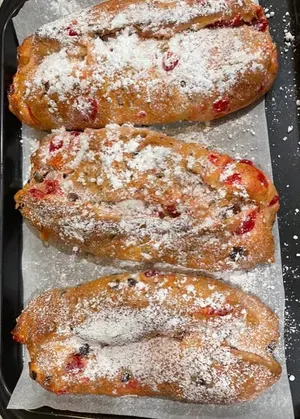
Our Christmas stollen.
But before you click over to another post...
Let's close with the Nun's Cake recipe!
Below is the 18th century recipe for Nun's Cake- to see the full recipe with a 21st century conversion, click here and get on the CW Historic Foodways' page explaining the recipe.
You must take four pounds of the finest flour, and three pounds of double-refined sugar beaten and sifted; mix them together, and dry them by the fire till you prepare the other materials; take four pounds of butter, beat it with your hand till it is soft like cream; then beat thirty-five eggs, leave out sixteen whites, strain off your eggs from the threads, and beat them and the butter together till all appears like butter; put in four or five spoonfuls of rose or orange-flower water, and beat again; then take your flour and sugar, with six ounces of carraway-seeds, and strew them in by degrees, beating it all the time for two hours together; you may put in as much tincture of cinnamon or ambergris as you please, butter your hoop, and let it stand three hours in a moderate oven. You must observe always, in beating of butter, to do it with a cool hand, and beat it always one way in a deep earthen dish.
— GLASSE, HANNAH, “THE ART OF COOKERY MADE PLAIN AND EASY.” PG.311.
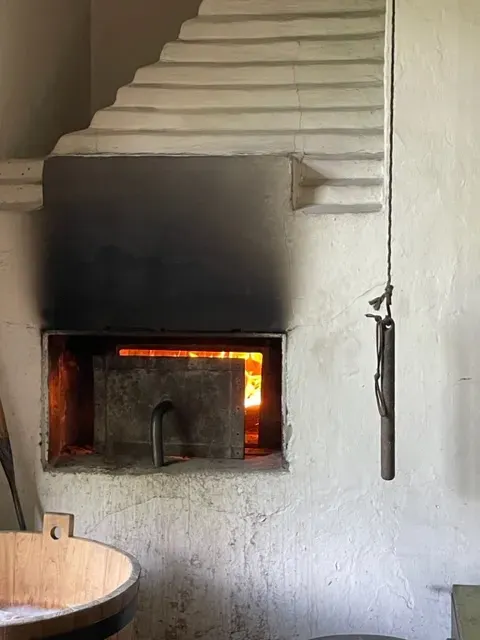
Bread oven at CW's Palace Kitchen
Are you enjoying the blog? Use my online tip jar and buy me a coffee:
